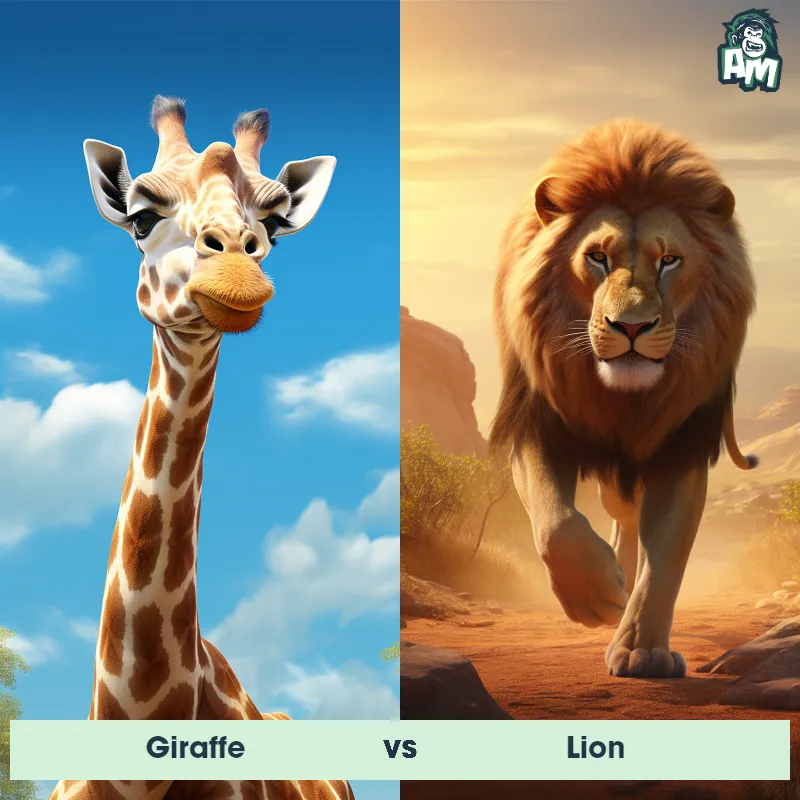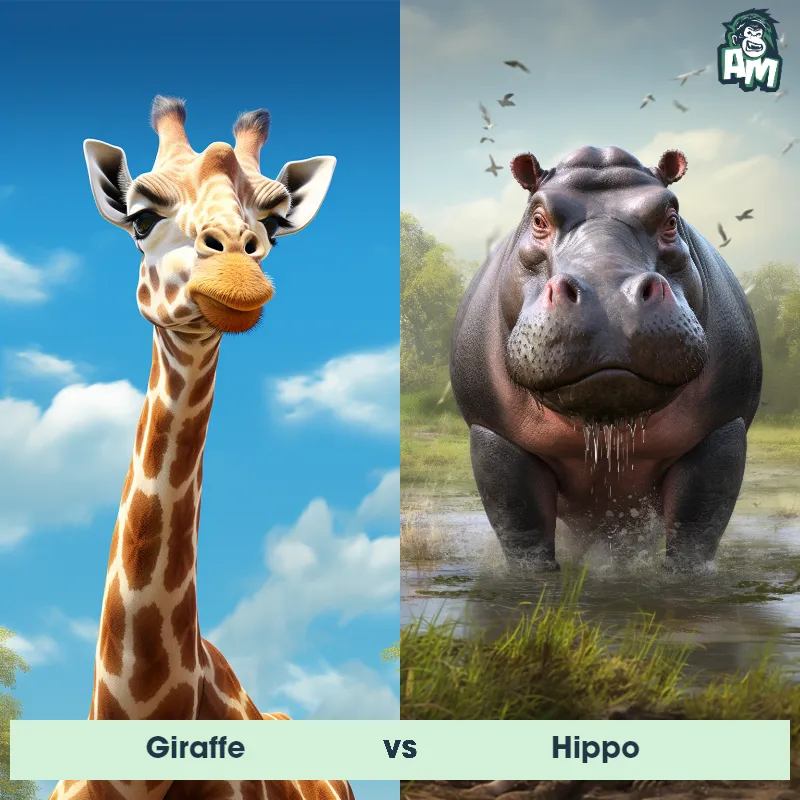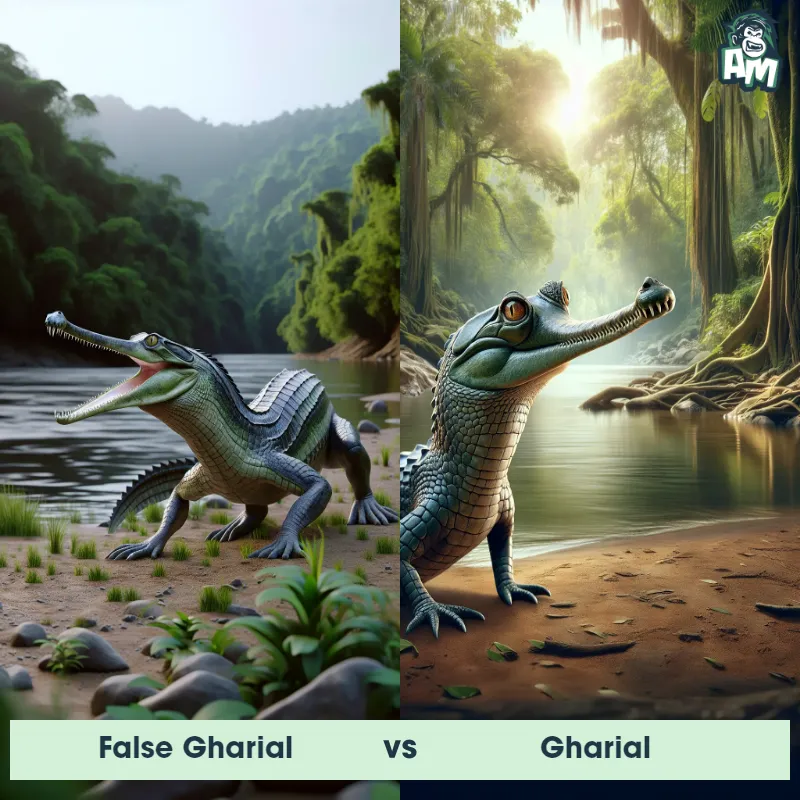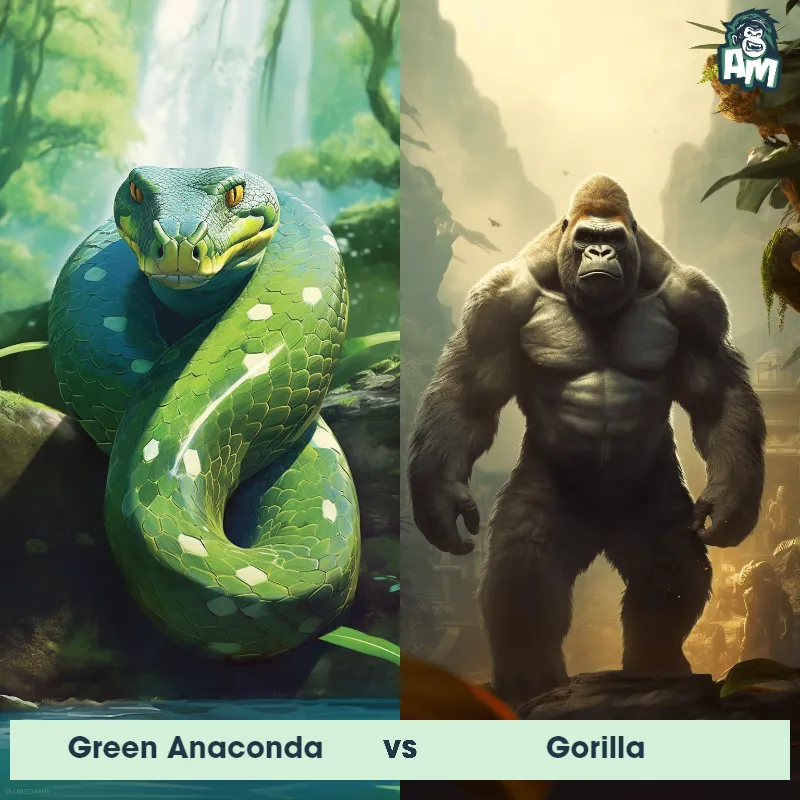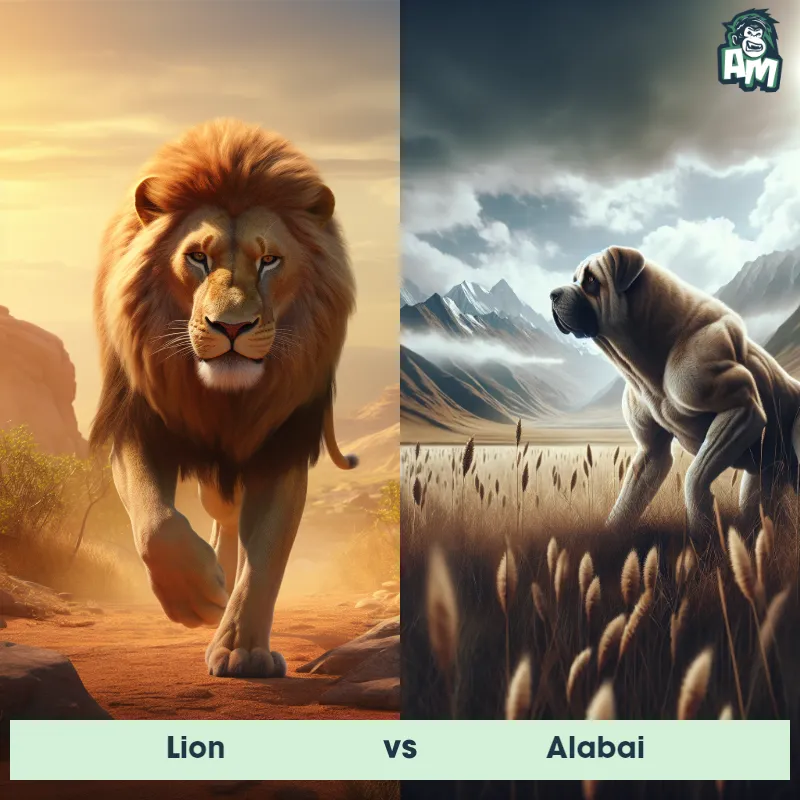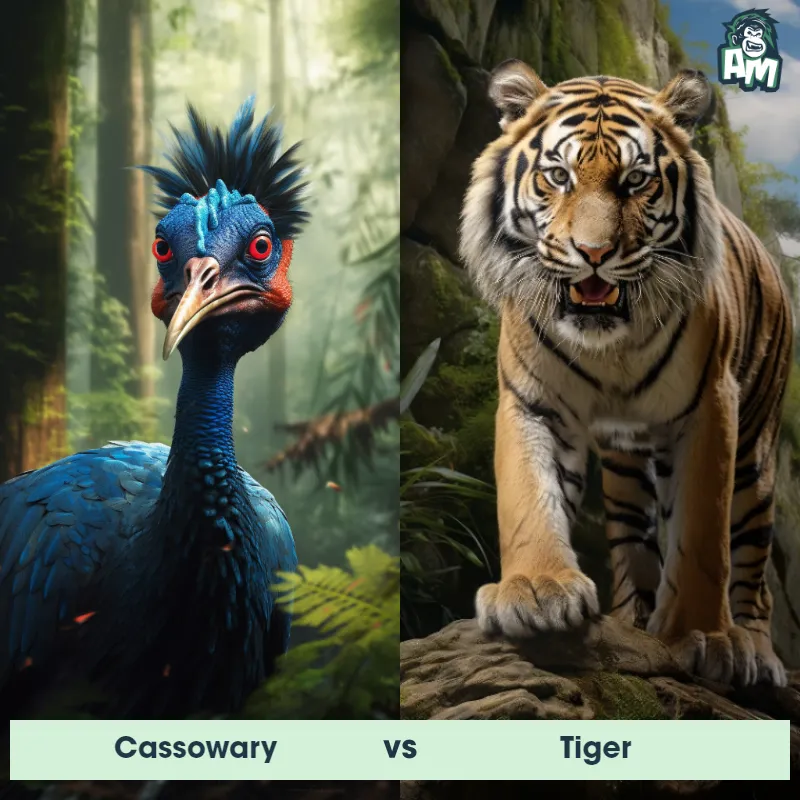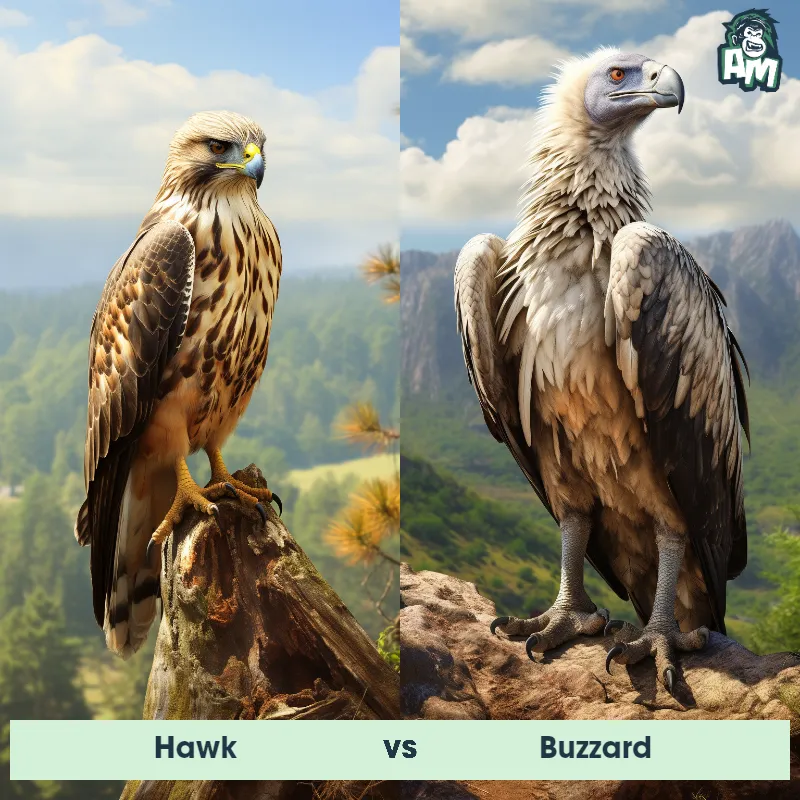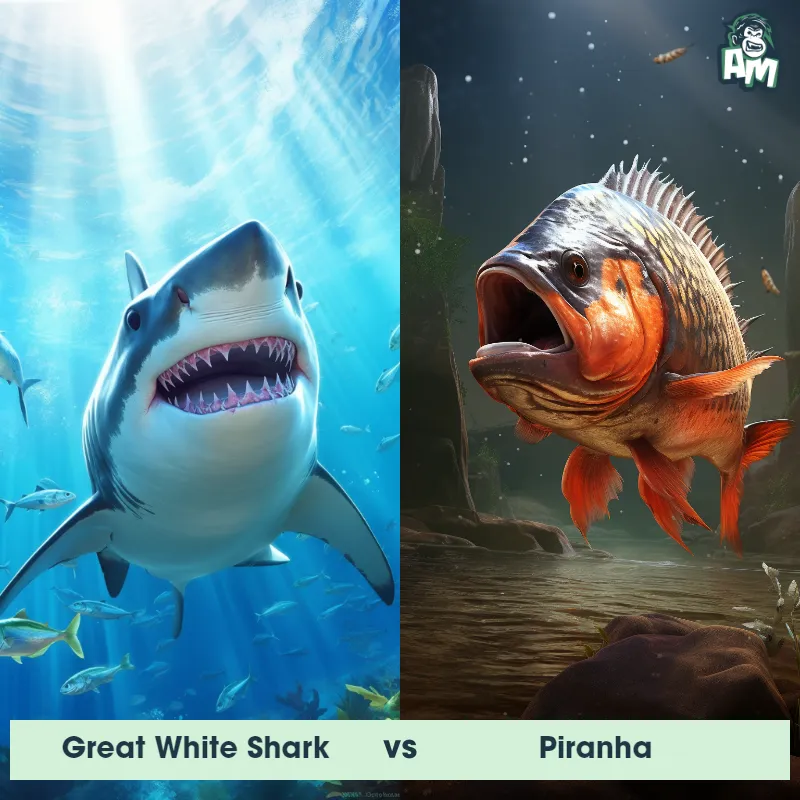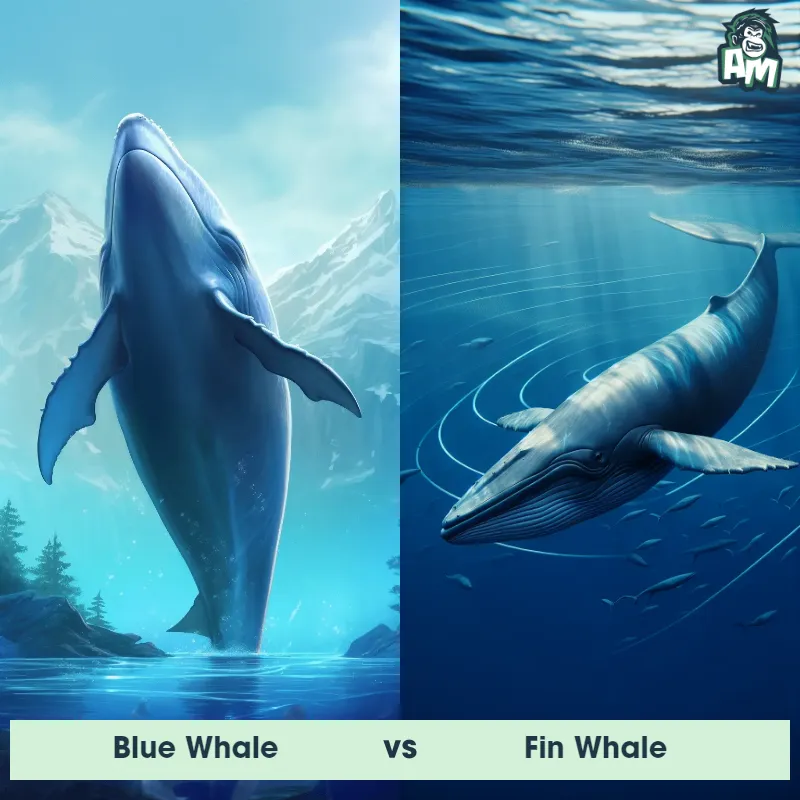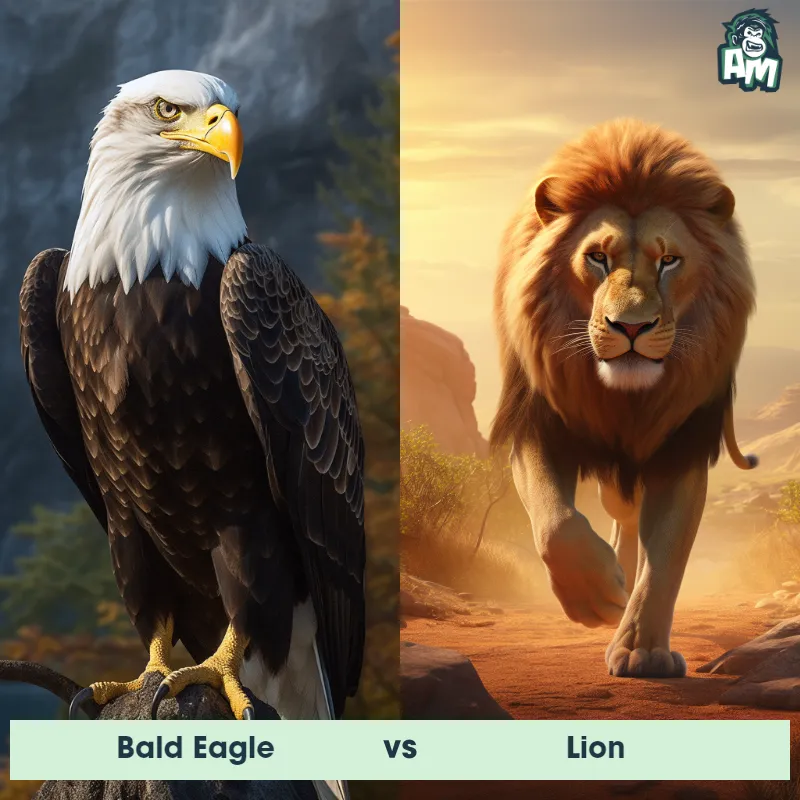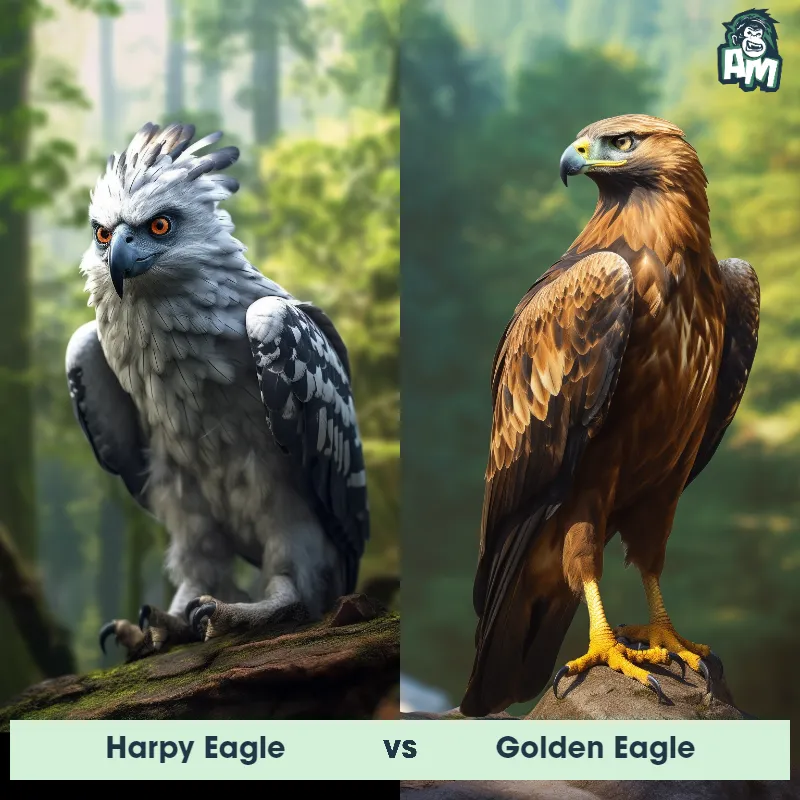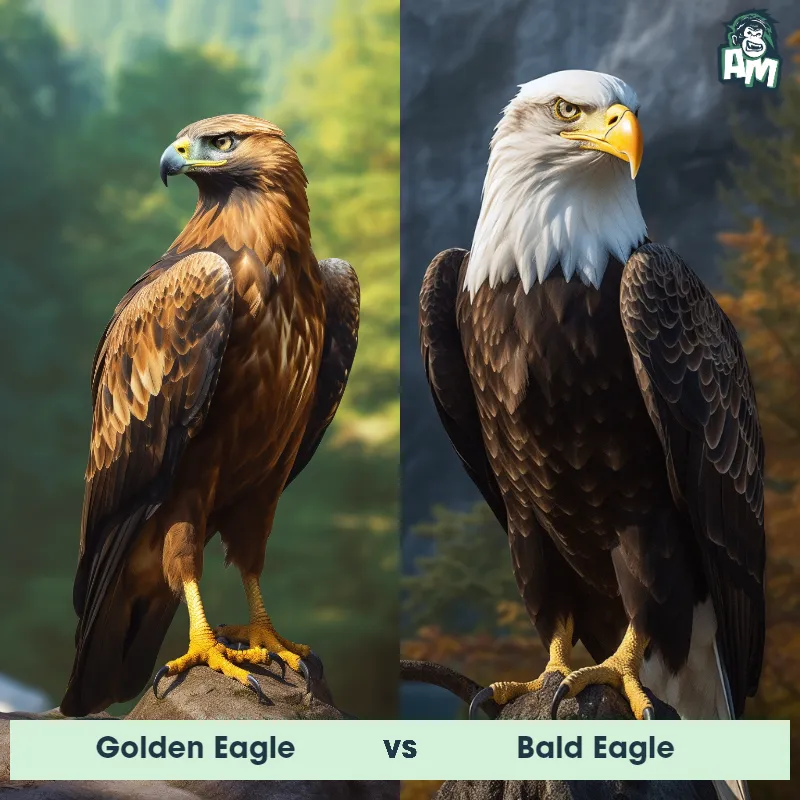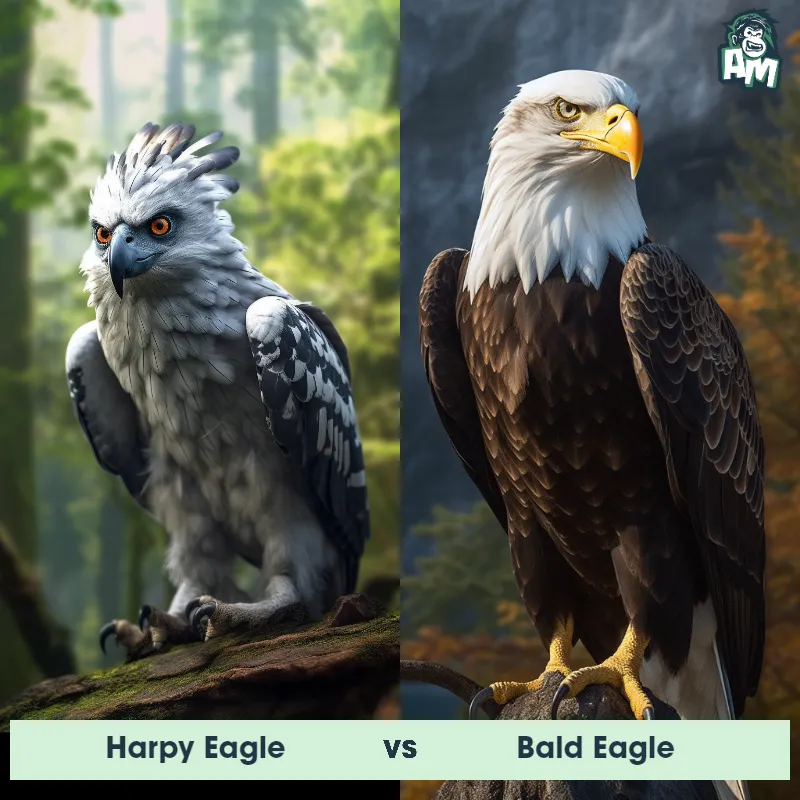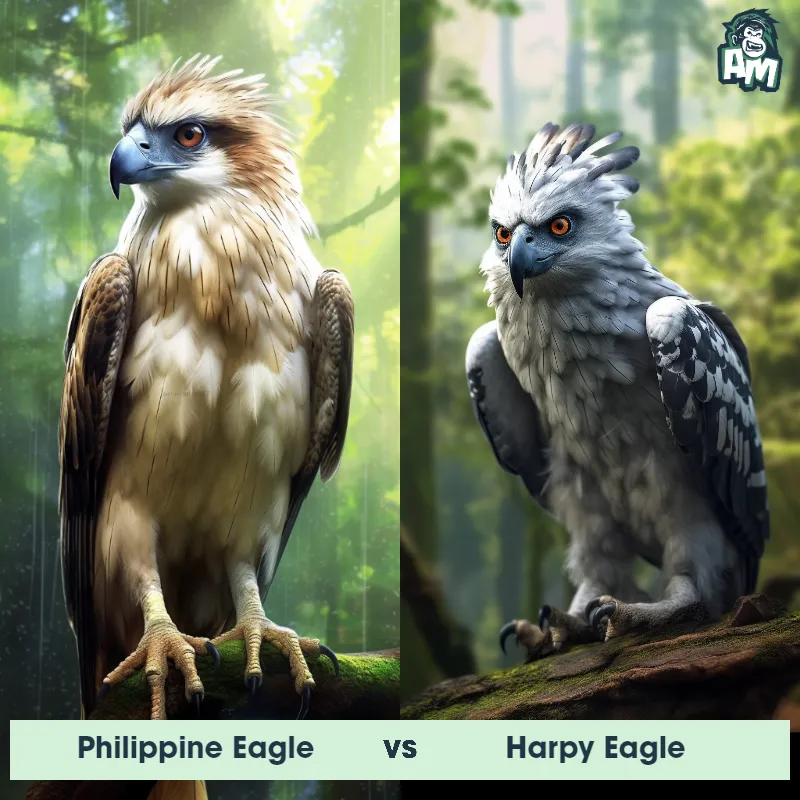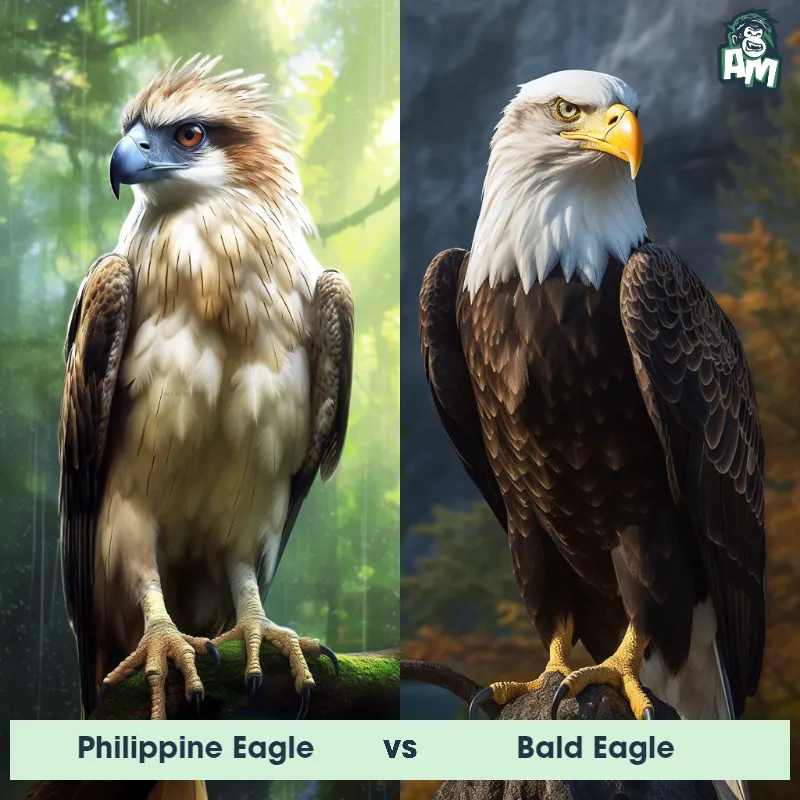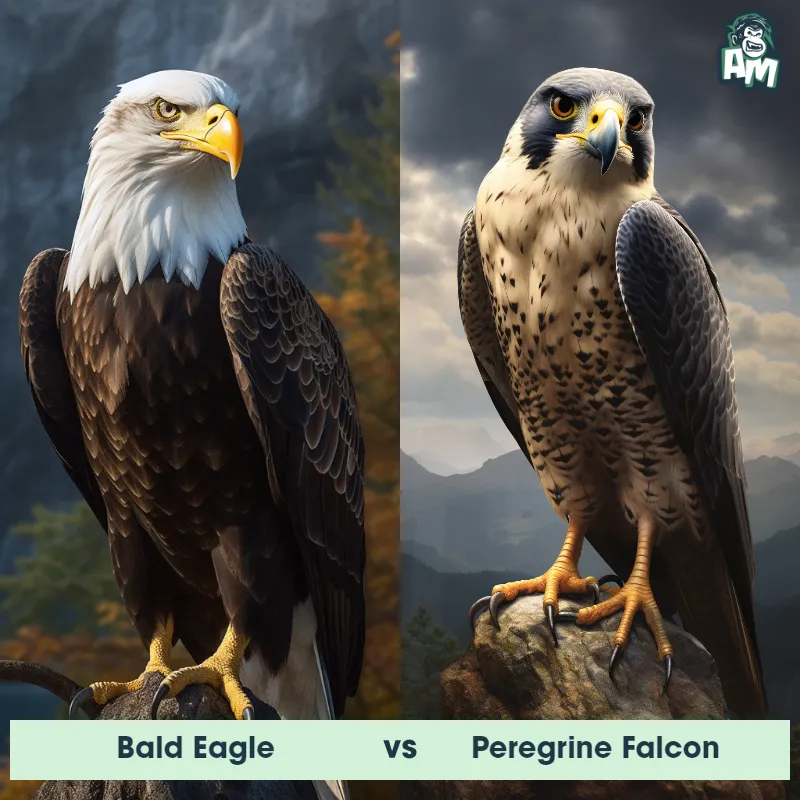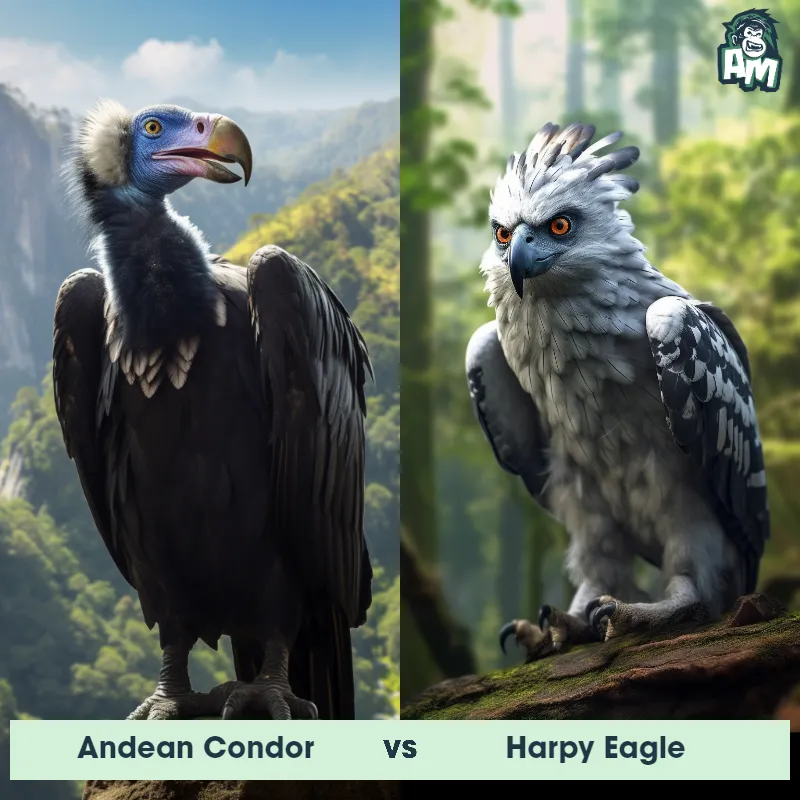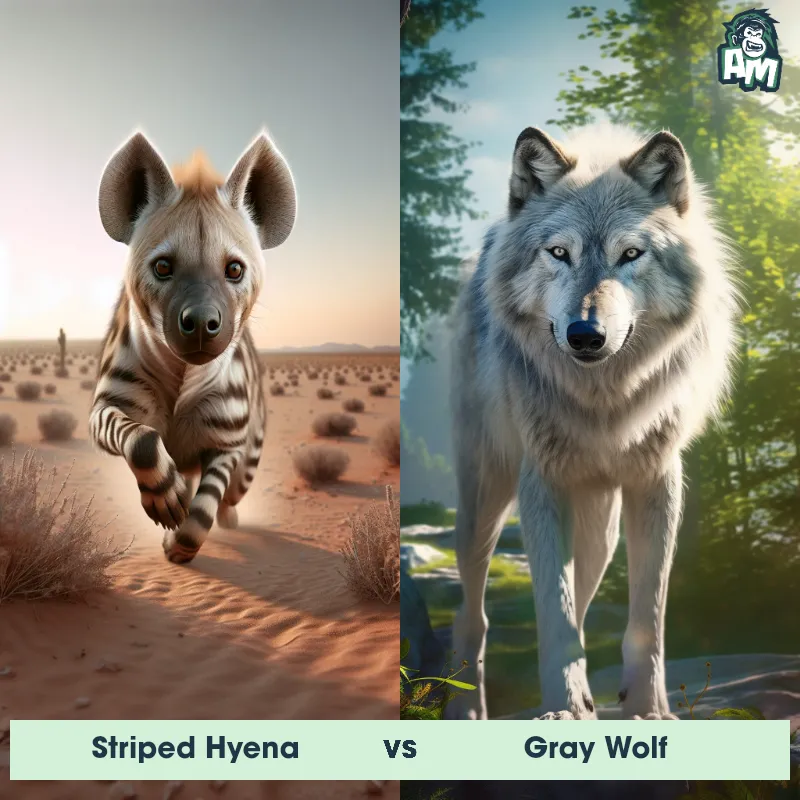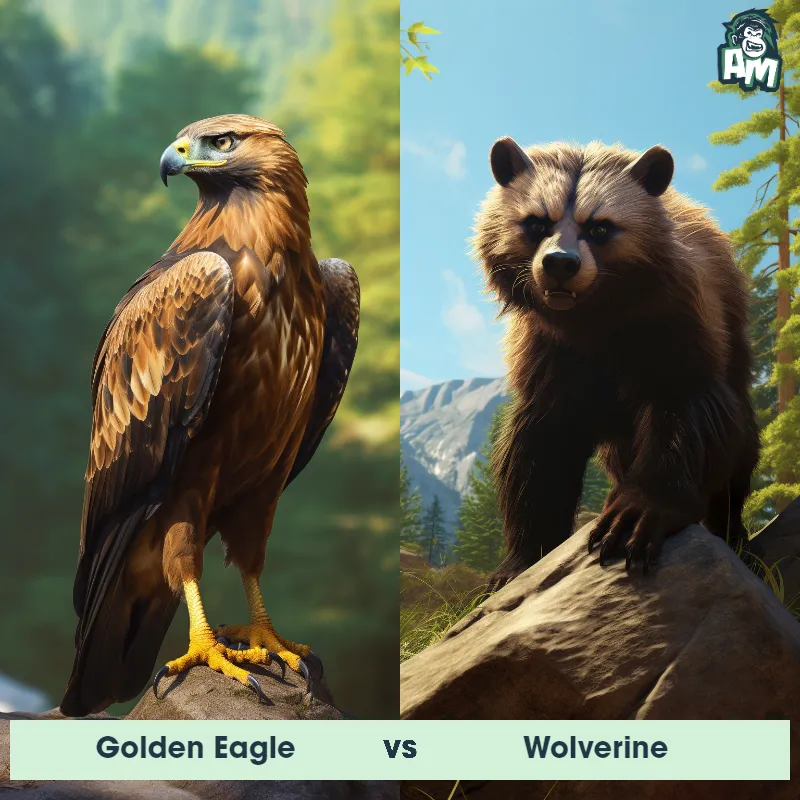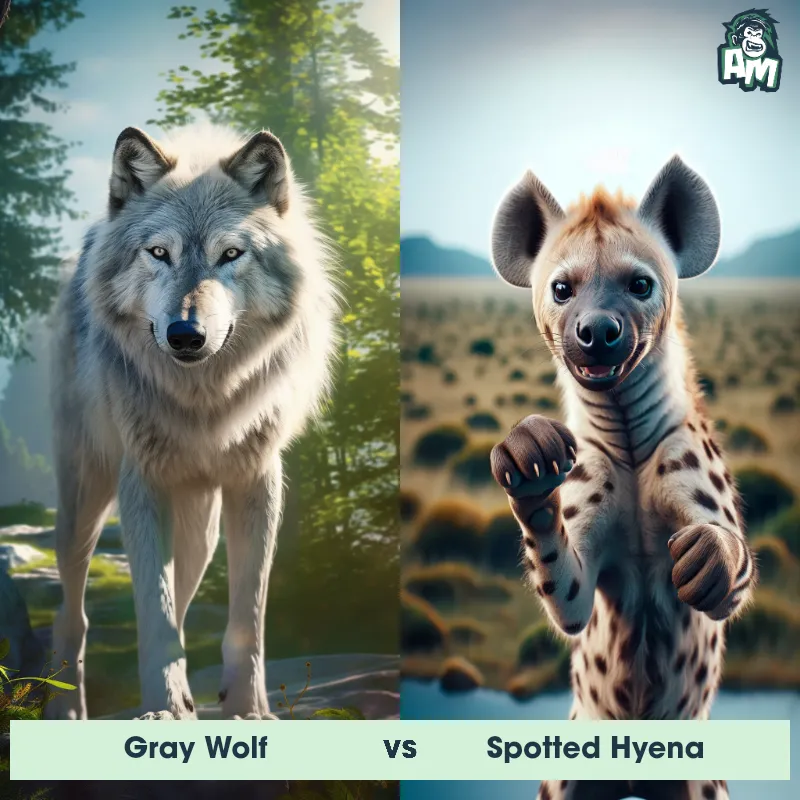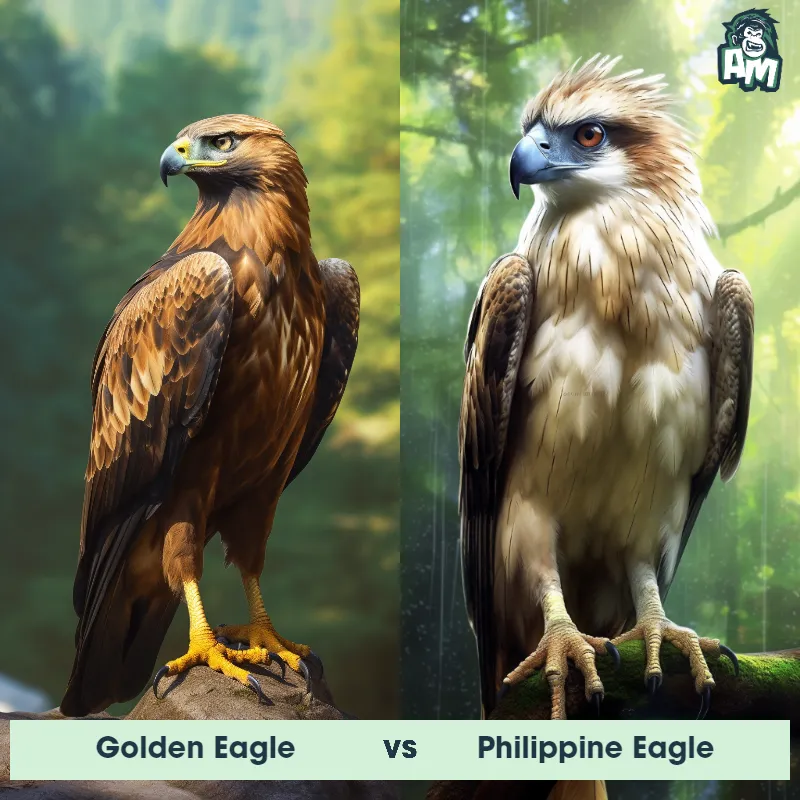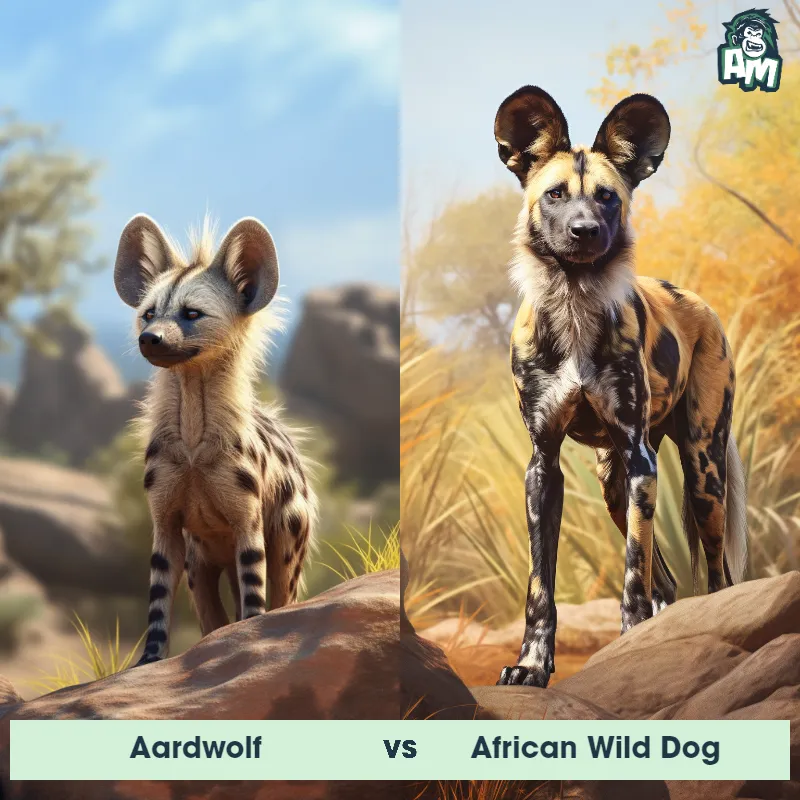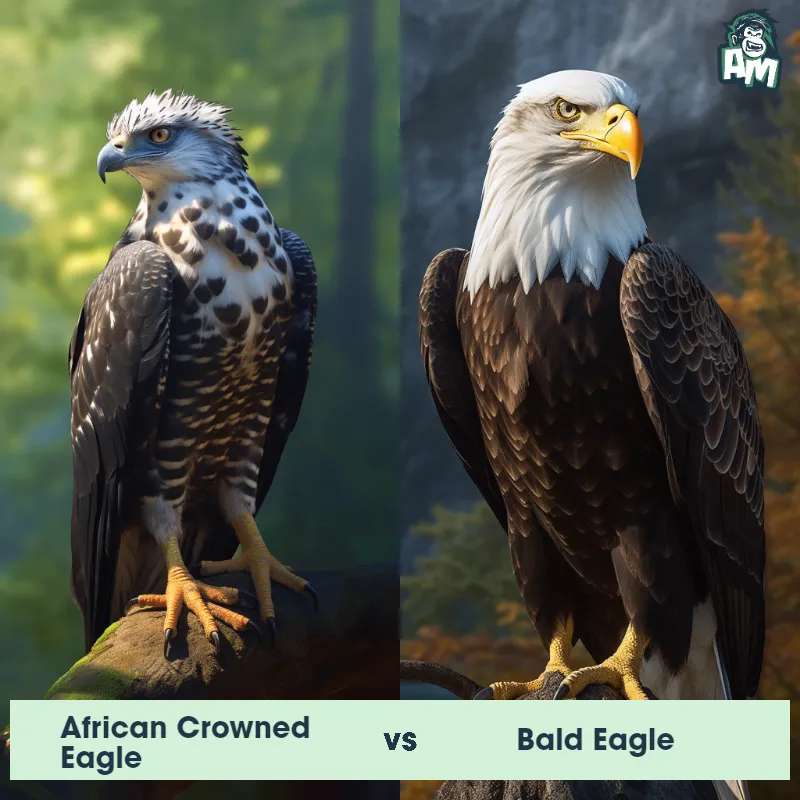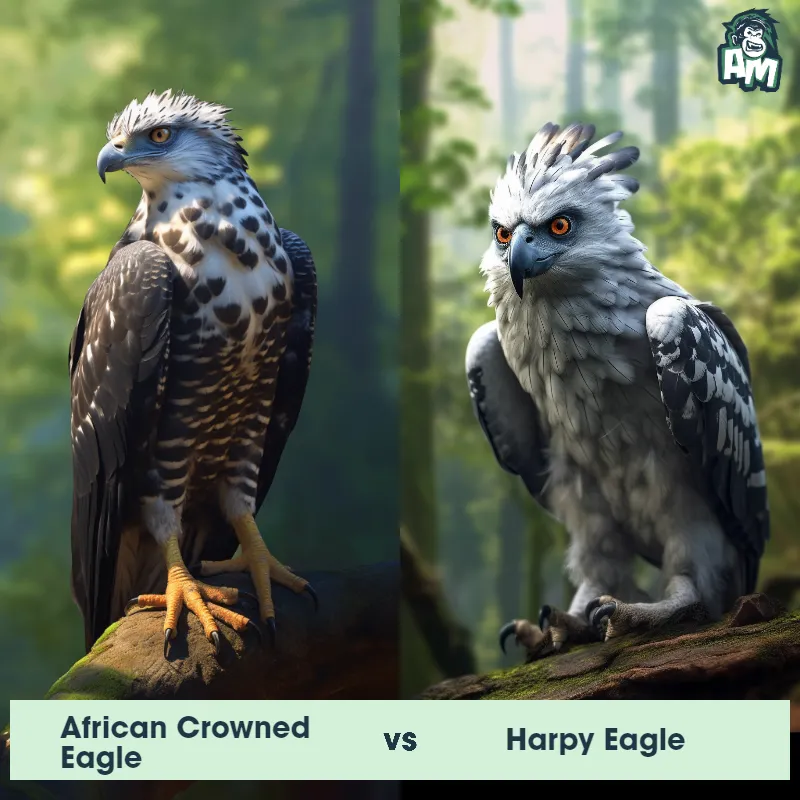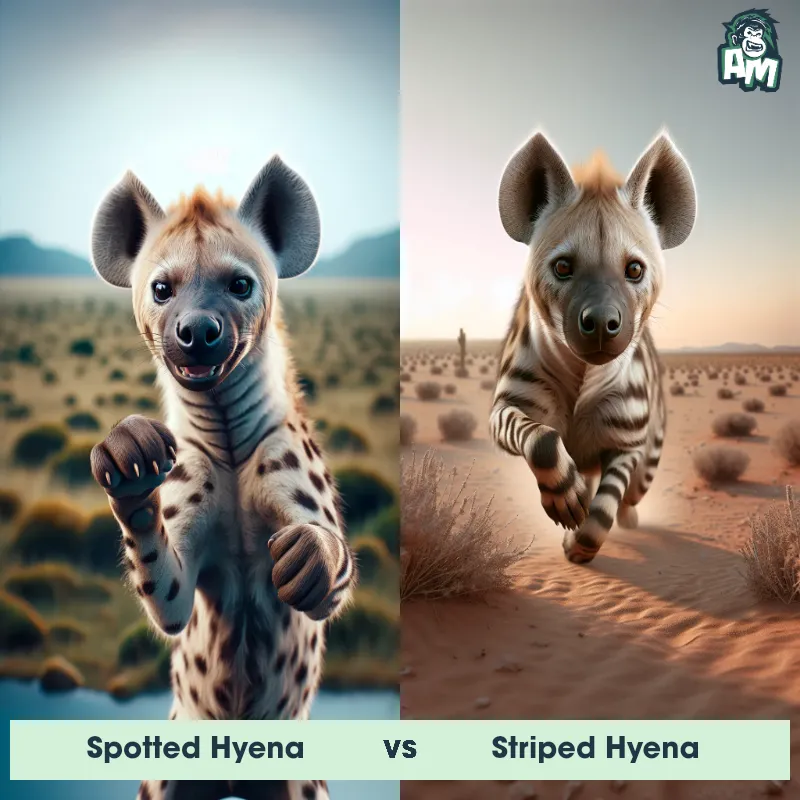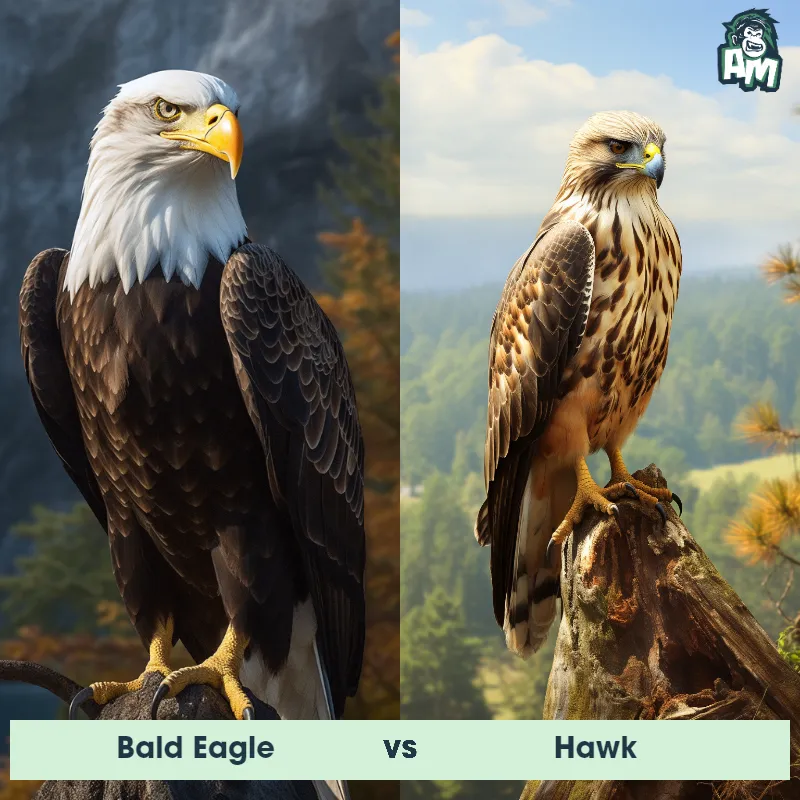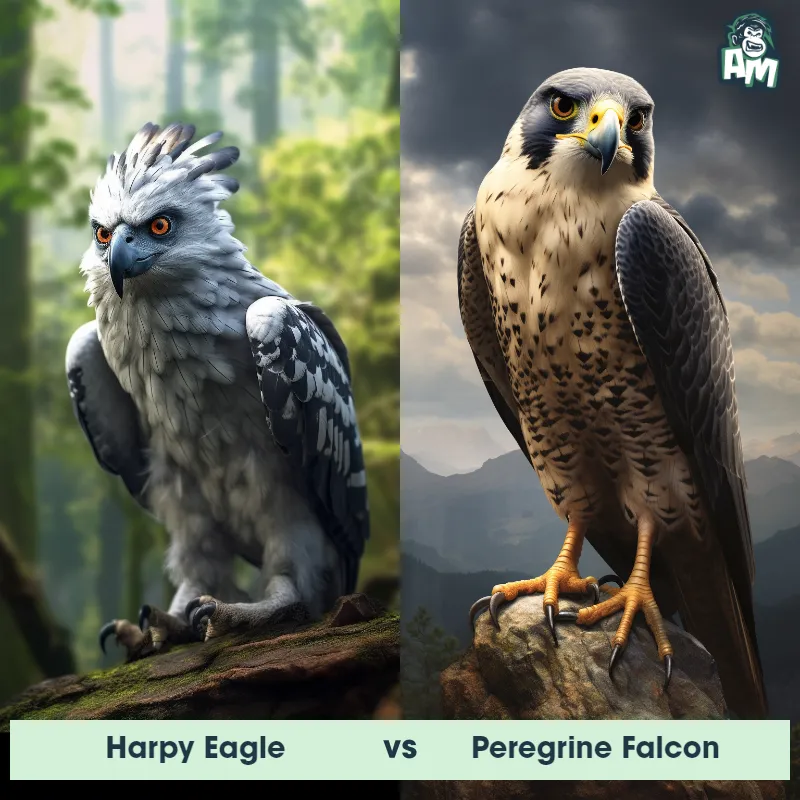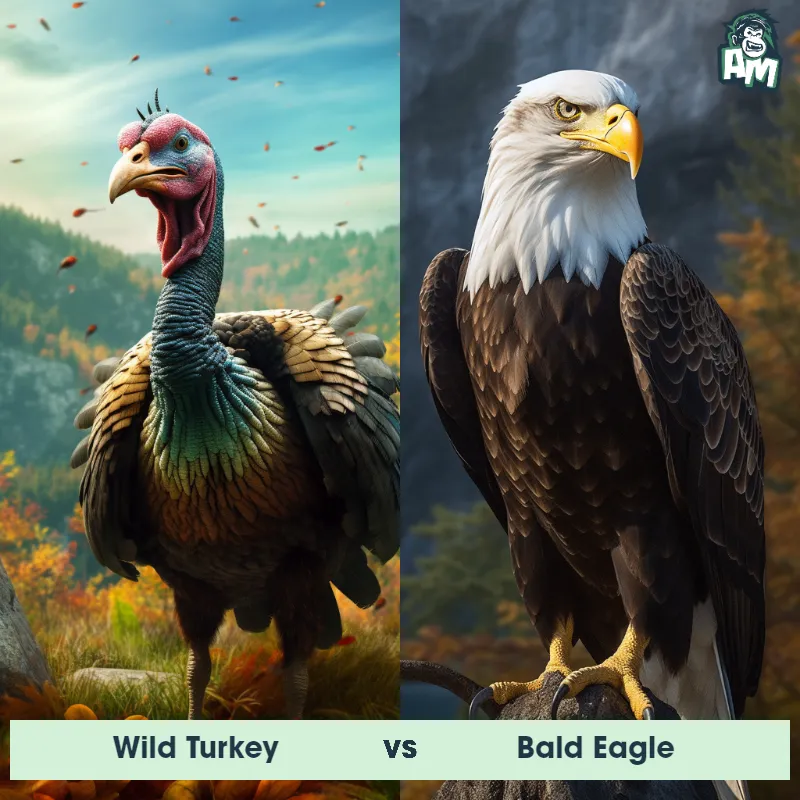Lappet-Faced Vulture vs Striped HyenaSee Who Wins

Welcome to the epic showdown between two fierce predators in the animal kingdom! In the red corner, we have the Lappet-Faced Vulture, known for its massive wingspan and powerful beak. And in the blue corner, we have the Striped Hyena, with its sharp teeth and agile movements. Get ready for an intense battle between these two formidable opponents!
Contender 1: Lappet-Faced Vulture
The Lappet-Faced Vulture, also known as the Nubian Vulture, is a large bird of prey found in Africa. It has a wingspan of up to 2.9 meters and can weigh up to 9 kilograms. Its most distinctive feature is the fleshy lappets on its neck, which help to regulate its body temperature. The Lappet-Faced Vulture is a scavenger and feeds on carrion, often competing with other vultures for food.
Fun Fact: The Lappet-Faced Vulture has a powerful beak that can tear through tough animal hides and tendons, making it an important scavenger in the African ecosystem.
Contender 2: Striped Hyena
The Striped Hyena, also known as the Hyaena hyaena, is a medium-sized carnivorous mammal that belongs to the Hyaenidae family. They have a distinctive striped coat of black and brown fur, with a mane of longer hair along their spine. They have a broad head with powerful jaws and sharp teeth, which they use to crush bones and eat every part of their prey. Striped Hyenas are nocturnal and solitary animals, and they are known for their distinctive howling calls that can be heard up to three miles away.
Fun Fact: One fun fact about Striped Hyenas is that they are known for their ability to digest and consume bones, which are usually left behind by other predators. They have strong stomach acids that can dissolve bones, allowing them to extract the nutrients from the marrow inside.
Matchup Stats
| Lappet-Faced Vulture | Striped Hyena | |
|---|---|---|
| Size | Up to 1.2 meters (4 feet) in length | 2.3-2.8 feet (70-85 cm) at the shoulder |
| Weight | Up to 9 kilograms (20 pounds) | 55-120 pounds (25-55 kg) |
| Speed | Speed: 50 mph (80.5 km/hr) | Speed: 30 mph (48 km/hr) |
| Key Strength | Powerful beak for tearing through tough animal hides and tendons | Powerful jaws and sharp teeth for crushing bones |
| Biggest Weakness | None specified | Not as fast or agile as other predators |
Current Votes
Lappet-Faced Vulture vs Striped Hyena
See Who Wins
View More Matches
Looking For More?
Similar Matches
Scientific Stats
| Lappet-Faced Vulture | Striped Hyena | |
|---|---|---|
| Scientific Name | Torgos tracheliotos | Hyaena hyaena |
| Family | Accipitridae | Hyaenidae |
| Habitat | Savannas and arid regions | Deserts, savannas, and forests |
| Geography | Africa | Africa, the Middle East, and South Asia |
| Diet | Carrion | Omnivorous, feeding on small mammals, birds, reptiles, insects, and carrion |
| Lifespan | 40 years - 45 years | 12 years - 25 years |
Key Differences between Lappet-Faced Vulture and Striped Hyena
- Tail: The Lappet-Faced Vulture has a relatively short tail compared to its body size, while the Striped Hyena has a long, bushy tail with a black tip.
- Facial features: The Lappet-Faced Vulture has a bald, pink head with lappets (fleshy flaps) on either side, whereas the Striped Hyena has a more fox-like face with a prominent mane of hair along the neck and back.
- Behavior: Lappet-Faced Vultures are primarily scavengers, relying on carrion for food, while Striped Hyenas are opportunistic hunters and scavengers, known to hunt small vertebrates and scavenge on larger carcasses.
- Habitat: Lappet-Faced Vultures are primarily found in arid or semi-arid regions, particularly in sub-Saharan Africa, while Striped Hyenas have a wider distribution across Africa, the Middle East, and India, often inhabiting woodlands and savannas.
- Size: The Lappet-Faced Vulture is significantly larger than the Striped Hyena, with a wingspan up to 3 meters compared to the hyena's length of about 1.5 meters.
- Coloration: The Lappet-Faced Vulture has predominantly white feathers on its body with black flight feathers, while the Striped Hyena has a sandy or gray coat with distinctive black stripes running down its back and legs.



